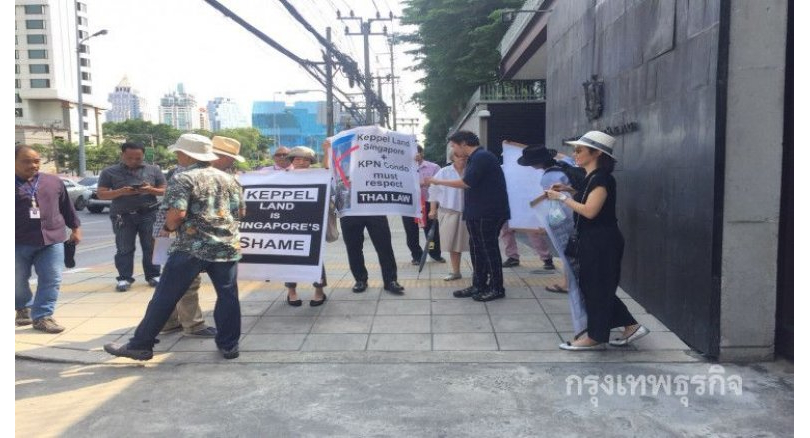The Asian Development Bank (ADB) will provide approximately US$465 million to support the construction of a 440-megawatt hydropower plant that will supply power to energy-hungry Thailand and provide much-needed revenue tofund poverty reduction programmes in Laos.
“Earnings from clean energy exports are vital to poverty reduction efforts in landlocked Lao PDR, where one in every three people survive on less than $1.25 a day,” said Christopher Thieme, Director in ADB’s Private Sector Operations Department.
The plant, estimated to cost around $1 billion, will be built and operated for 27 years by the Nam Ngum 3 Power Company (NN3PC), which is owned by three private sector companies: Thailand’s GMS Lao Company Ltd. and Ratchaburi Electricity Generating Holding Plc, together with Axia Power Holdings, a wholly owned subsidiary of Japan’s Marubeni Corporation. The Government of Lao PDR will also hold a stake through the Lao Holding State Enterprises (LHSE).
ADB will lend up to $350 million to NN3PC. Thai banks and other international financial institutions will also provide loans to the project. ADB is also lending approximately $115 million to the Lao PDR government to finance LHSE’s equity stake in NN3PC.
The new plant is expected to generate upwards of $770 million for Laos, of which more than $200 million is specifically earmarked for poverty reduction and environmental protection programmes.
The public-private Nam Ngum 3 power plant, on the Nam Ngum River in northern Laos, will provide 2,072 gigawatt hours of clean energy annually for export to neighbouring Thailand. Approximately half of Thailand’s greenhouse gas emissions come from power generation, and most of its electricity is generated by power plants using fossil fuels, primarily natural gas.
“By using hydropower instead of fossil fuels, Thailand will avoid an average one million tonnes of carbon dioxide emissions every year – the equivalent of taking 175,000 vehicles off the road,” said Anthony Jude, Director in ADB’s Southeast Asia Department. The Nam Ngum 3 project will comprise a 220-metre-high dam that will create a 27.5 square kilometre reservoir.
A number of 144 households are relocated while around 45 more households located along the upgraded national road and the transmission line may also lose housing and parcels of land, and will be fully compensated for their losses. To Jude, in return, villagers will receive higher quality healthcare, improved education opportunities, access to electricity and allweather road access. The ADB ensured that its stringent environmental and social safeguards will ensure that any environmental and social impacts will be minimised and mitigated, and the livelihoods and standards of living of all those directly affected by the project will be better than they are now.
The Nam Ngum 3 plant, expected to be operational in 2017, will be located upstream of two existing hydropower plants, and downstream from another plant that is currently under construction. The Nam Ngum 4 A and B plants are also planned upstream of Nam Ngum 3.
